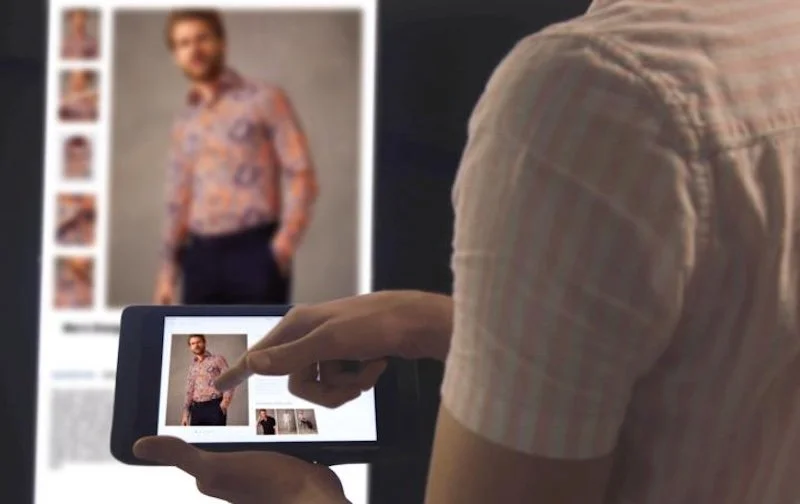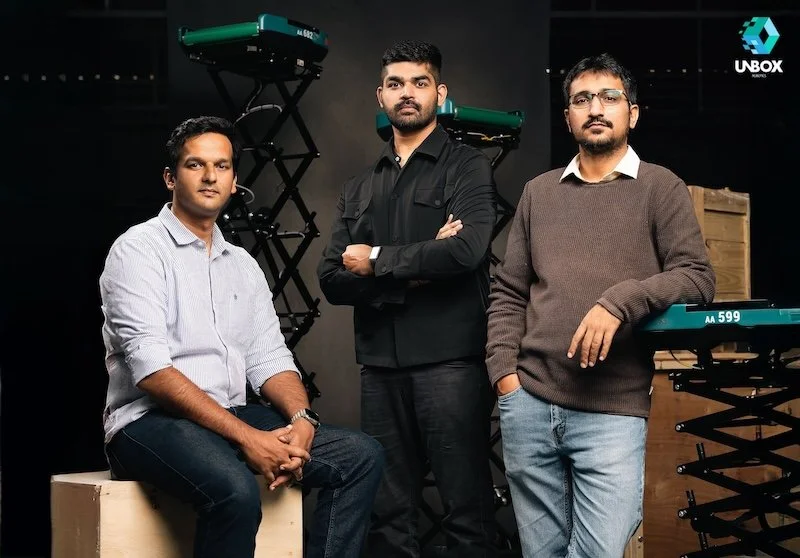Wellness in work: Five ways wearable technology can help retail staff
By Robin Coles, Director, Inovretail
There’s a developing trend in retail leadership circles for execs to talk about the benefits of combining IQ with emotional intelligence – or EQ. Many factors are at play here, be it the wider societal pressures for a change in corporate culture, growing diversity in the UK workforce, or – specific to retail and the service industry – the need for brands to forge stronger connections with their customers.
Wellness at work is a hot topic that forms part of the story, here, with larger corporates seemingly more motivated to place the health and wellbeing of their staff more centrally into growth strategy. Business consultancy Buck just released research showing that 40% of global organisations surveyed believe they achieved a culture of wellbeing in 2018 compared to only 33% in 2016.
Among the remaining respondents, 81% said they aspire to achieve a culture of wellbeing, while almost three-quarters view support for total wellbeing as an important element in their employee value proposition. There’s no doubt business – and retailers are included here – are paying more than just lip service to the idea of employee welfare.
Where does technology fit in?
There’s an opportunity here to match one clear corporate trend with an obvious domestic one: the use of technology and the growing number of devices people use. More specifically, and this is perhaps where retailers should place their focus, is the rise of the wearable device. According to IDC, the worldwide wearables market is forecast to ship 122.6 million units in 2018 – an increase of 6.2% from the 115.4 million units shipped in 2017.
IDC says double-digit growth will return in 2019 and all the way through to 2022, as smartwatches and new form factors gain acceptance. By 2022, it is expected total shipment volumes will reach 190.4 million units, as people continue to find value in the devices and build them into their lives.
What have wellness and wearables got to do with eachother?
Aside from telling the time, the primary uses of a smartwatch or wearable device has been to measure steps whilst monitoring health and fitness. But thinking more widely, the user cases of this type of product in the retail workplace are manifold. Here are the top five for starters:
1. Encourage staff to stay fit: if retailers want to play their part in looking after staff health, why not build smartwatches into their customer experience strategies? The retail store is a much more mobilised place than it once was with associates encouraged to serve on the shop floor, guide customers on a journey – let’s count those steps and encourage more movement!
2. Stimulate competition: instead of “how many steps have you done, today?”, the talk on the shopfloor could be “how close to your sales goal are you, this week?” Humans are competitive by nature, why not use smartwatches to deliver information about KPIs and other targets to motivate them?
3. Give them technology they’re used to: one of the often-cited bugbears of retail technology is the difficulty in getting staff to use the tools provided. Give them a work information device reminiscent of what they have at home, such as a smartwatch, and it could be a game-changer in building staff engagement with company policy, and consequently happiness in the workplace.
4. Making working lives easier: stress and anxiety in the workplace needs addressing. It’s a complicated issue that cannot be answered frivolously, but technology can make working lives easier – in retail, imagine having access to your progress, recommended actions and even the entire stock inventory on your wrist, whilst being able to communicate with head office, at the touch of button on a smartwatch. That’s great staff support.
5. Feel part of the bigger picture: giving shopfloor staff smartwatches that might have alerts about company policy, strategy, closeness to targets – and a hotline to head office – connects National Living Wage staff to the top of the company. Inclusion prevents isolation and drives engagement.
A working environment like this is clearly going to be healthy, more akin to some of the wellness strategies retailers are discussing. Execs looking to lead their organisations on a path towards better working conditions, inclusivity and engagement should consider the power of wearables – that’s proper EQ.










Continue reading…